Introduction
Three Cups Chicken, or Sanbei Ji, is a beloved Taiwanese dish renowned for its simplicity and bold flavors. Traditionally prepared with just three key ingredients—soy sauce, rice wine, and sesame oil—this recipe has evolved over centuries, with regional variations incorporating local herbs and spices. Today, we explore a modern twist on this classic: Andrographis Paniculata Three Cups Chicken. This fusion dish combines the umami-rich depth of the original recipe with the bitter-sweet notes of Andrographis paniculata, a medicinal herb prized in traditional Asian medicine for its anti-inflammatory and immune-boosting properties. Perfect for adventurous home cooks seeking both culinary excitement and holistic wellness, this recipe bridges tradition and innovation, offering a meal that delights the palate and nourishes the body.
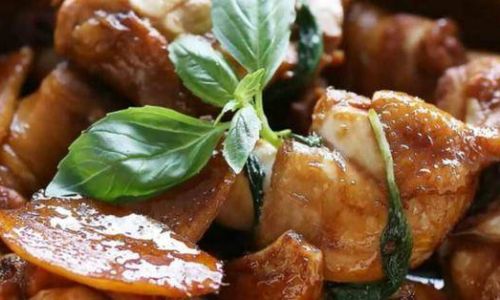
The Origins of Three Cups Chicken
The name “Three Cups” refers to the equal proportions of soy sauce, rice wine, and sesame oil used in the dish. Legend has it that the recipe was created by a Taiwanese farmer who, lacking resources, cooked chicken with these three staples. Over time, it became a symbol of humble yet flavorful cooking. The dish’s signature caramelized sauce, aromatic garlic, and ginger, and tender chicken pieces have made it a staple in households and restaurants alike. By introducing Andrographis paniculata, we add a layer of complexity, transforming a timeless favorite into a contemporary wellness dish.
Ingredients: A Harmonious Blend
To recreate this dish, gather the following ingredients:
-
For the Chicken:
- 2 lbs (900g) bone-in, skin-on chicken thighs or drumsticks (or a mix)
- 1 tbsp neutral cooking oil (e.g., vegetable or canola)
- 1 tbsp toasted sesame oil
- 10 garlic cloves, smashed
- 1-inch piece fresh ginger, thinly sliced
- 5-6 dried red chilies (optional, for heat)
- 1 cup fresh Thai basil leaves
- 1/4 cup fresh Andrographis paniculata leaves (or 2 tbsp dried, crushed)
-
For the Three Cups Sauce:
- 1/4 cup soy sauce (light or dark, depending on salt preference)
- 1/4 cup rice wine (Shaoxing wine preferred, or substitute with dry sherry)
- 1/4 cup toasted sesame oil
- 2 tbsp rock sugar or brown sugar (to balance bitterness)
- 1 tbsp oyster sauce (optional, for umami)
-
For Garnish:
- 1 red chili, thinly sliced
- 1 tbsp sesame seeds
- 2 green onions, chopped
Step-by-Step Preparation
Marinating the Chicken (Optional but Recommended)
While not traditional, marinating the chicken enhances flavor penetration. In a bowl, combine chicken pieces with 1 tbsp soy sauce, 1 tbsp rice wine, and 1/2 tbsp sesame oil. Let sit for 15–30 minutes. This step is particularly effective if using boneless chicken, as it prevents dryness during cooking.
Preparing the Herbs
Andrographis paniculata, also known as “King of Bitters,” has a sharp, almost medicinal taste. To mellow its intensity, blanch the fresh leaves in boiling water for 10 seconds, then shock in ice water. This preserves their vibrant color and reduces bitterness. If using dried leaves, rehydrate them in warm water for 5 minutes before draining.
Searing the Chicken
Heat a wok or large skillet over high heat. Add 1 tbsp neutral oil and swirl to coat. Pat the chicken dry (to prevent splattering) and place skin-side down. Sear for 4–5 minutes until golden brown. Flip and cook for another 3 minutes. Remove and set aside.
Sautéing Aromatics
Reduce heat to medium. Add the remaining 1 tbsp sesame oil, garlic, ginger, and dried chilies (if using). Stir-fry for 1–2 minutes until fragrant but not browned. The sesame oil’s nutty aroma will infuse the base.
Deglazing and Simmering
Return the chicken to the pan. Pour in the soy sauce, rice wine, and oyster sauce (if using). Add rock sugar and stir gently. Bring to a simmer, then reduce heat to low. Cover and cook for 20–25 minutes, stirring occasionally, until the chicken is tender and the sauce reduces by half.
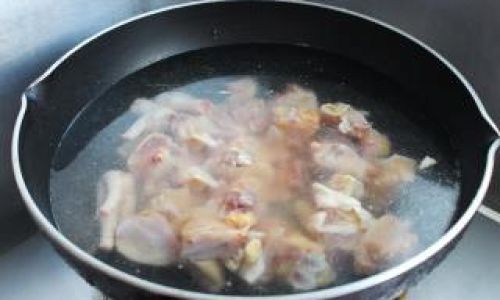
Finishing with Herbs
Uncover the pan and increase heat to medium-high. Add the blanched Andrographis leaves and Thai basil. Toss gently for 1–2 minutes until the herbs wilt but retain their green hue. The residual heat will release their essential oils without overcooking.
Final Touches
Transfer the chicken to a serving dish. Drizzle with the reduced sauce. Garnish with sliced chili, sesame seeds, and green onions. Serve immediately with steamed jasmine rice or sticky rice.
The Science Behind the Flavors
This dish thrives on the interplay of bitter, sweet, salty, and umami elements. The Andrographis introduces a refreshing bitterness that cuts through the sauce’s richness, while the rock sugar balances the profile. Sesame oil adds a nutty undertone, and Thai basil provides an anise-like freshness. For those sensitive to bitterness, adjust the herb quantity or pair the dish with a mild side like cucumber salad.
Health Benefits of Andrographis Paniculata
Beyond its culinary role, Andrographis is celebrated in Ayurveda and traditional Chinese medicine for:
- Immune Support: Studies suggest it may reduce symptoms of the common cold.
- Anti-Inflammatory Properties: Useful for managing conditions like arthritis.
- Digestive Health: It aids in liver detoxification and may alleviate indigestion.
Serving Suggestions
- Pair with Grains: The sauce’s intensity pairs beautifully with fluffy jasmine rice or chewy forbidden rice.
- Add Vegetables: For a one-pot meal, toss in sliced bell peppers, mushrooms, or baby bok choy during the simmering phase.
- Drink Pairing: A crisp Riesling or light lager complements the dish’s bold flavors without overwhelming the palate.
Variations and Customizations
- Vegetarian Twist: Substitute chicken with seitan or tofu, and use vegetable broth instead of rice wine.
- Spice Level: Omit dried chilies for a mild version or add fresh bird’s-eye chilies for extra heat.
- Gluten-Free Option: Use tamari instead of soy sauce and ensure your oyster sauce is gluten-free.
Common Mistakes to Avoid
- Overcooking the Herbs: Andrographis becomes unpleasantly bitter if cooked too long. Add it only in the final minutes.
- Using Too Much Sauce: The three cups ratio is key. Excess liquid dilutes the caramelized flavors.
- Skipping the Blanch: Fresh Andrographis can be overwhelming; blanching ensures a harmonious bite.
Cultural Context: Herbal Cuisine in Asia
The integration of medicinal herbs into everyday meals is a cornerstone of Asian culinary traditions. Dishes like Andrographis Three Cups Chicken exemplify “food as medicine,” a philosophy that prioritizes prevention over cure. In Taiwan, such recipes are often shared between generations, with elders passing down knowledge of local herbs and their benefits.
Conclusion
Andrographis Paniculata Three Cups Chicken is more than a meal—it’s a testament to culinary adaptability and the enduring marriage of flavor and wellness. Whether you’re a seasoned cook exploring herbal cuisine or a novice seeking a bold new recipe, this dish offers a rewarding journey. The next time you crave comfort food with a twist, reach for this recipe and savor the harmony of tradition and innovation on your plate.
Final Tip: For an authentic presentation, serve the chicken in a clay pot, as the porous material retains heat and amplifies aromas. Pair with a steaming bowl of rice and a side of pickled vegetables for a meal that warms the soul and revitalizes the body.
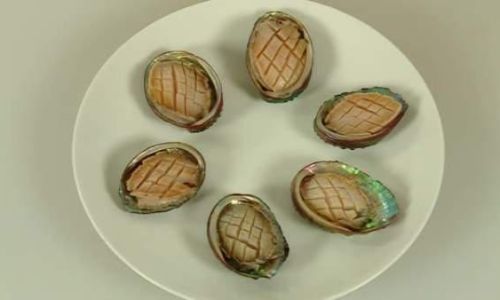
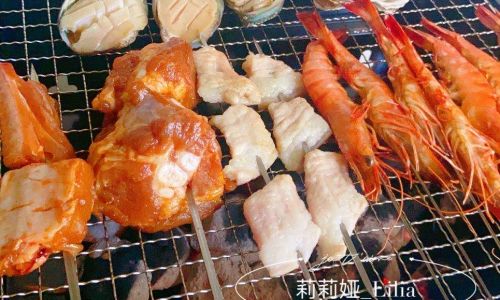
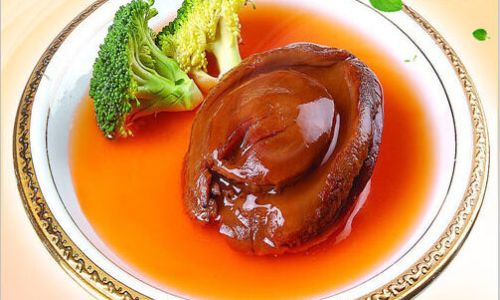

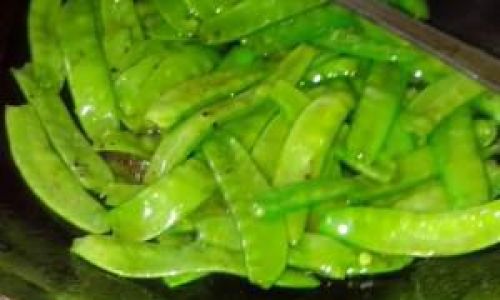
0 comments